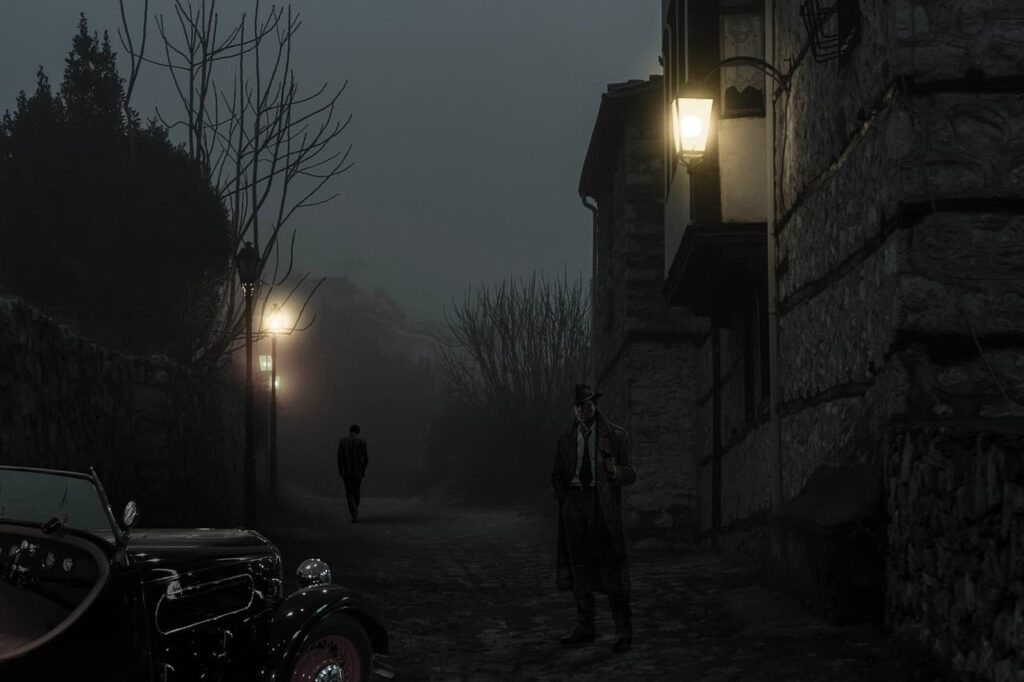The relationship between gangsters and casinos is a story woven into the fabric of modern history that casts a shadow in the neon glow of the entertainment industry. The interaction between organized crime and the world of gambling has shaped the narrative of both spheres, from the secret deals of the 1930s to the more nuanced connections of today. Let’s delve deeper into this question, which has been studied for decades.
Prohibition Era: The Birth of Illicit Alliances
In the 1930s, the Prohibition era in the United States not only drove the demand for illegal alcohol but also fueled the rise of underground gambling establishments. Gangsters, such as Al Capone, recognized the lucrative potential of casinos and became entwined with the burgeoning industry. Illicit alliances formed between organized crime figures and casino owners, creating a shadowy underworld that thrived on vice and secrecy. The post-World War II era witnessed the transformation of Las Vegas from a dusty desert town into a glamorous entertainment hub. The mob saw an opportunity to legitimize their operations, and their influence permeated the development of the Las Vegas Strip. Icons like Bugsy Siegel played pivotal roles in shaping the city’s casino landscape. The connection between gangsters and casinos became synonymous with the rise of Las Vegas, setting the stage for decades of intertwining interests.
Skimming and Control: Mob Tactics in Casino Operations
In the mid-20th century, the casino industry became a battleground for control between organized crime and law enforcement. At the forefront of this power struggle was the insidious practice of skimming, a technique used by the mob to secretly withdraw casino profits without arousing suspicion.
Also:
- Manipulation of finances
- Crowd-controlled operations: the impact on day-to-day casino operations, from hiring to setting odds.
- Illegal agreements
This era witnessed the zenith of organized crime’s influence on the gambling scene, which was characterized by secret ownership, financial manipulation, and mob puppeteering of casino operations. The dynamic between organized crime and casinos was a complex one defined by a delicate balance of power. At first glance, casinos represented luxury and entertainment, drawing crowds with the promise of wealth and excitement. However, behind closed doors, backroom deals were made and favors forged in the shadows. The mob wielded influence through a network of corrupt officials, ensuring that their interests were protected and that illegal activities were hidden from the prying eyes of the law. Stealth possession became a hallmark of this era, with crowd figures remaining invisible, pulling strings from afar. These people have been lurking in the background, avoiding the limelight and keeping their connections to the casino inconspicuous. Financial manipulation further complicated the paper trail, making it difficult for law enforcement agencies to untangle the web of illicit transactions and trace the flow of money back to its criminal origins. Thus, the mid-20th century marked a tumultuous period in the history of the casino industry, as crowd influence reached unprecedented levels. The interaction between organized crime and casinos during this time left an indelible mark on the industry, shaping its trajectory and prompting further efforts to curb criminal influence and increase regulatory oversight.

Corporate Era: Casinos in the Hands of Legitimate Owners
As the public and law enforcement became increasingly aware of the connection between organized crime and casinos, regulatory measures were put in place to curb mob influence. The establishment of gaming commissions and stricter oversight aimed to cleanse the industry of illicit dealings. The 1970s and 1980s marked a turning point as the legal framework tightened, reducing the direct influence of gangsters on casino operations.
The late 20th century and into the 21st century witnessed a shift in the ownership and control of casinos. Corporate entities, often publicly traded, took over the reins from individual mob figures. The once-shadowy connections between gangsters and casinos became relics of the past as the industry moved towards legitimacy and transparency. Today, major casino brands operate under strict regulations, distancing themselves from the underworld ties of the past.
Conclusion
The relationship between gangsters and casinos, once deeply entangled in the shadows, has undergone profound changes. From the illegal deals of the Prohibition era to the glamorous allure of Las Vegas and the subsequent crackdown on mob influence, the evolution of this nexus reflects the changing landscape of the gambling industry. Today, with casinos operating under strict regulations and corporate oversight, the shadows that once defined their history are fading in the neon glow of a more transparent and legitimate era.
